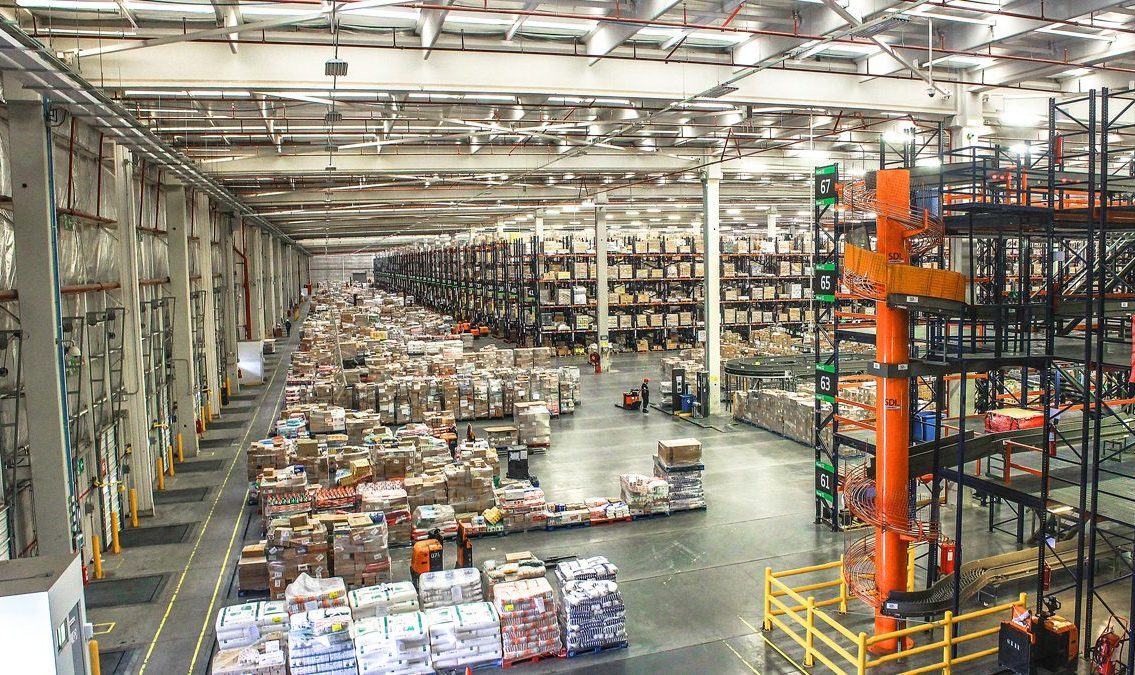Warehouse design is a critical aspect of ensuring maximum efficiency in the supply chain management process. From small businesses to large corporations, every organization can benefit from optimizing their warehouse design to increase productivity, reduce costs, and enhance overall customer satisfaction.
At the heart of warehouse design lies the need to create an efficient flow of goods and people, which can help to streamline operations and minimize bottlenecks. This involves careful planning and strategic placement of different warehouse components, including shelving units, storage racks, conveyor systems, and material handling equipment.
To achieve optimal warehouse design, it is crucial to consider various factors, including the type of products being stored, the frequency of inventory turnover, the number of SKUs, the order picking process, and the volume of inbound and outbound shipments. In this article, we will delve into the importance of warehouse design for maximum efficiency and explore some of the key strategies that can be employed to optimize warehouse design.
Contents
Improve Space Utilization
One of the critical aspects of warehouse design is to make the most of the available space. This involves maximizing the use of vertical space, optimizing the floor layout, and reducing the amount of wasted space. By utilizing vertical space through high-density storage solutions, businesses can increase their storage capacity without having to expand their warehouse.
Floor layout optimization involves careful consideration of the warehouse’s layout to ensure the efficient flow of goods and people. This involves grouping similar products together, placing high-demand products near the picking area, and ensuring easy access to the products.
Reducing wasted space is another essential aspect of warehouse design. By eliminating wasted space, businesses can reduce their overall warehouse costs, including rent, utilities, and maintenance. Some of the strategies to reduce wasted space include utilizing narrow aisles, consolidating empty pallets, and utilizing modular storage solutions.
Optimize Material Handling Processes
Another critical aspect of warehouse design is to optimize the material handling processes. This involves the movement of goods within the warehouse, including receiving, storing, picking, and shipping. By optimizing these processes, businesses can increase productivity, reduce errors, and enhance customer satisfaction.
One strategy to optimize material handling processes is to utilize automation technology, such as conveyors, robotics, and automated storage and retrieval systems. Automation can help to reduce manual labor, increase accuracy, and improve throughput.
Another strategy is to utilize lean principles to optimize the material handling processes. Lean principles involve the elimination of waste, such as unnecessary movement, waiting, and excess inventory. By applying lean principles, businesses can streamline their material handling processes, reduce costs, and increase efficiency.
Enhance Safety and Security
Warehouse safety and security are critical aspects of warehouse design. Safety involves the prevention of accidents, injuries, and illnesses, while security involves protecting the warehouse from theft, vandalism, and other forms of damage.
One strategy to enhance safety and security is to implement a comprehensive safety program, including safety training, safety equipment, and safety procedures. This can help to reduce accidents and injuries and improve overall safety culture within the warehouse.
Another strategy is to implement security measures, such as surveillance cameras, access control systems, and security personnel. These measures can help to deter theft, vandalism, and other forms of damage, and enhance overall security within the warehouse.
Embrace Technology
The adoption of technology is another essential aspect of warehouse design. By embracing technology, businesses can increase efficiency, reduce costs, and enhance overall customer satisfaction.
One strategy is to utilize warehouse management software (WMS), which can help to streamline warehouse operations, manage inventory, and improve order fulfillment processes. WMS can also provide real-time visibility into the warehouse’s performance, enabling businesses to make data-driven decisions.




